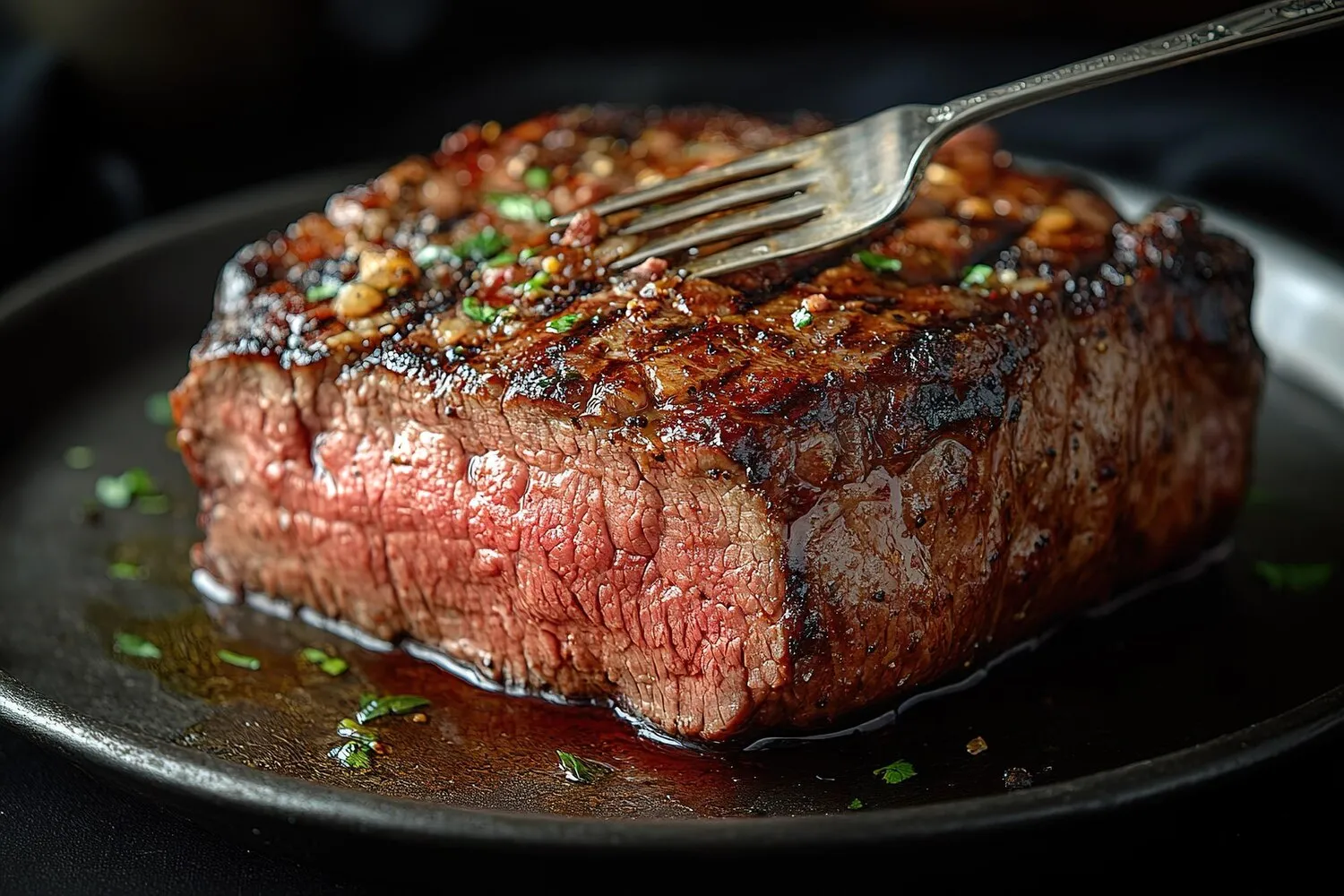
Ribs Back
Succulent ribs, slow-cooked and grilled to perfection, served with a smoky BBQ sauce.
Nutrition Facts
* The % Daily Value (DV) tells you how much a nutrient in a serving of food contributes to a daily diet. 2,000 calories a day is used for general nutrition advice.
Restaurante Didge Steakhouse Pub - Floripa
Barbecue, and ribs specifically, have roots in the Caribbean with the word 'barbacoa' referring to a method of slow-cooking meat over indirect heat. This technique was brought to the American South by European colonists and enslaved Africans, evolving into the diverse regional barbecue styles we know today. The cuts and techniques vary, but the slow-cooking and smoky flavor remain central.
Ribs are deeply ingrained in American culture, particularly in the South and Midwest, where barbecue is a celebrated tradition and a cornerstone of community gatherings.
Barbecue Competitions
Barbecue competitions, especially those focused on ribs, are a major event in many states, attracting seasoned pitmasters and enthusiastic crowds. These events showcase various regional styles and techniques.
Family Gatherings and Celebrations
Ribs are a popular dish for family gatherings, picnics, and holidays like the Fourth of July and Labor Day. Sharing a rack of ribs is often seen as a communal and celebratory activity.
Regional Styles
Different regions of the US have distinct barbecue styles, including Memphis-style dry-rub ribs, Kansas City-style sweet and tangy ribs, and Texas-style beef ribs. These regional variations reflect local ingredients and culinary preferences.
The flavors of ribs are a complex interplay of smoky, savory, and sweet, often with a hint of spice.
The 'smoky' flavor comes from the type of wood used in the smoking or grilling process, such as hickory, mesquite, or applewood. 'Savory' notes derive from the meat itself and the dry rub or marinade, typically containing salt, pepper, garlic, onion, and paprika. 'Sweetness' is often introduced through the barbecue sauce, which can include ingredients like brown sugar, molasses, honey, or maple syrup. 'Spice' elements may come from chili powder, cayenne pepper, or other hot sauces.
Low and Slow Cooking
The key to tender ribs is cooking them 'low and slow,' typically at a temperature of around 225-250°F (107-121°C) for several hours. This allows the collagen in the meat to break down, resulting in a more tender and juicy texture.
The 3-2-1 Method
A popular method for cooking ribs is the 3-2-1 method: 3 hours of smoking unwrapped, 2 hours wrapped in foil with liquid (e.g., apple juice, beer), and 1 hour unwrapped with barbecue sauce. This helps to tenderize and moisturize the ribs.
Internal Temperature
While visual cues like the meat pulling back from the bone are helpful, using a meat thermometer is the most reliable way to ensure the ribs are cooked to perfection. Aim for an internal temperature of around 195-205°F (90-96°C).
Explore additional Grilled dishes and restaurants
Explore GrilledDiscover top dining spots and culinary experiences in Florianopolis.
Explore FlorianopolisLearn more about the food culture, restaurant scene, and culinary heritage of Brazil.
Explore Brazil
